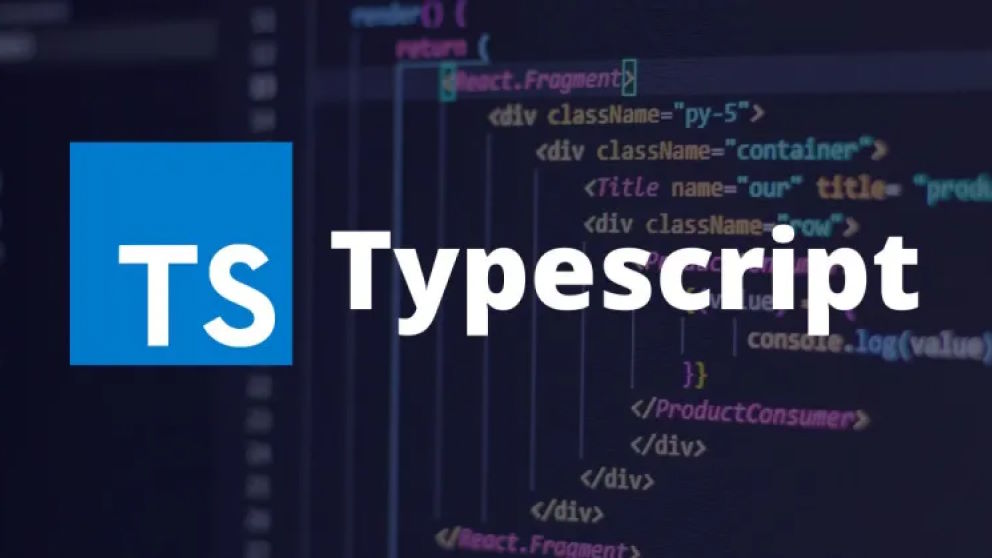TypeScript Avançado: Patterns que Todo Dev Deveria Conhecer
Depois de anos usando TypeScript em projetos enterprise, descobri que conhecer esses patterns avançados é o que separa um desenvolvedor iniciante de um expert.
1. Utility Types na Prática
Pick e Omit - Criando Tipos Derivados
interface User {
id: string;
name: string;
email: string;
password: string;
createdAt: Date;
updatedAt: Date;
}
// ✅ Para APIs públicas - remove dados sensíveis
type PublicUser = Omit<User, "password">;
// ✅ Para formulários - pega apenas campos editáveis
type UserForm = Pick<User, "name" | "email">;
// ✅ Para criação - remove campos auto-gerados
type CreateUser = Omit<User, "id" | "createdAt" | "updatedAt">;Partial e Required - Flexibilidade em Updates
// ✅ Para updates parciais
const updateUser = (id: string, updates: Partial<User>) => {
// Apenas os campos fornecidos serão atualizados
};
// ✅ Para garantir campos obrigatórios
type UserWithRequiredEmail = Required<Pick<User, "email">> & Partial<User>;2. Conditional Types - Lógica a Nível de Tipos
// Pattern: Extrair tipos de arrays
type ArrayElement<T> = T extends (infer U)[] ? U : never;
type StringArray = string[];
type ElementType = ArrayElement<StringArray>; // string
// Pattern: Tipos baseados em condições
type APIResponse<T> = T extends string ? { message: T } : { data: T };
type ErrorResponse = APIResponse<string>; // { message: string }
type DataResponse = APIResponse<User[]>; // { data: User[] }Promise Unwrapping
// Extrair tipo de dentro de uma Promise
type Awaited<T> = T extends Promise<infer U> ? U : T;
async function fetchUser(): Promise<User> {
// implementação
}
type UserType = Awaited<ReturnType<typeof fetchUser>>; // User3. Mapped Types - Transformações Poderosas
Criando Validators
type Validator<T> = {
[K in keyof T]: (value: T[K]) => boolean;
};
const userValidator: Validator<User> = {
id: (value) => typeof value === "string" && value.length > 0,
name: (value) => typeof value === "string" && value.length > 2,
email: (value) => /^[^\s@]+@[^\s@]+\.[^\s@]+$/.test(value),
// ... outros campos
};Event Handlers com Prefix
type EventHandlers<T> = {
[K in keyof T as `on${Capitalize<string & K>}`]: (value: T[K]) => void;
};
type UserHandlers = EventHandlers<User>;
// Resultado:
// {
// onId: (value: string) => void;
// onName: (value: string) => void;
// onEmail: (value: string) => void;
// }4. Template Literal Types - Strings Tipadas
// URLs tipadas
type HttpMethod = "GET" | "POST" | "PUT" | "DELETE";
type Endpoint = "/users" | "/posts" | "/comments";
type APIRoute = `${HttpMethod} ${Endpoint}`;
// CSS Properties tipadas
type CSSUnit = "px" | "rem" | "em" | "%";
type Size = `${number}${CSSUnit}`;
const margin: Size = "16px"; // ✅
const padding: Size = "1.5rem"; // ✅
const width: Size = "100%"; // ✅5. Generics Avançados com Constraints
Repository Pattern Tipado
interface Entity {
id: string;
}
interface Repository<T extends Entity> {
findById(id: string): Promise<T | null>;
save(entity: Omit<T, "id">): Promise<T>;
update(id: string, updates: Partial<T>): Promise<T>;
delete(id: string): Promise<void>;
}
// ✅ Garante que User tem id
const userRepository: Repository<User> = {
// implementação garantida pela interface
};API Client Tipado
type APIEndpoints = {
"/users": { GET: User[]; POST: CreateUser };
"/posts": { GET: Post[]; POST: CreatePost };
};
class APIClient {
async request<
TPath extends keyof APIEndpoints,
TMethod extends keyof APIEndpoints[TPath]
>(
path: TPath,
method: TMethod,
data?: TMethod extends "POST" ? APIEndpoints[TPath][TMethod] : never
): Promise<APIEndpoints[TPath][TMethod]> {
// implementação
}
}
// ✅ Totalmente tipado
const users = await api.request("/users", "GET"); // User[]
const newUser = await api.request("/users", "POST", userData); // User6. Discriminated Unions - Estados Complexos
type LoadingState = {
status: "loading";
};
type SuccessState = {
status: "success";
data: User[];
};
type ErrorState = {
status: "error";
error: string;
};
type AsyncState = LoadingState | SuccessState | ErrorState;
// ✅ TypeScript sabe exatamente qual tipo está disponível
const handleState = (state: AsyncState) => {
switch (state.status) {
case "loading":
// state.data não existe aqui ✅
return <Spinner />;
case "success":
// state.data existe e é User[] ✅
return <UserList users={state.data} />;
case "error":
// state.error existe e é string ✅
return <Error message={state.error} />;
}
};7. Type Guards - Validação em Runtime
// Type Guard simples
const isString = (value: unknown): value is string => {
return typeof value === "string";
};
// Type Guard para objetos
const isUser = (obj: unknown): obj is User => {
return (
typeof obj === "object" &&
obj !== null &&
"id" in obj &&
"name" in obj &&
"email" in obj
);
};
// Uso prático
const processUserData = (data: unknown) => {
if (isUser(data)) {
// TypeScript sabe que data é User aqui ✅
console.log(data.name);
}
};8. Patterns para React + TypeScript
Component Props com Variants
type ButtonVariant = "primary" | "secondary" | "danger";
type ButtonProps = {
variant: ButtonVariant;
children: React.ReactNode;
} & React.ButtonHTMLAttributes<HTMLButtonElement>;
const Button: React.FC<ButtonProps> = ({
variant,
children,
className,
...rest
}) => {
const baseClasses = "px-4 py-2 rounded";
const variantClasses = {
primary: "bg-blue-500 text-white",
secondary: "bg-gray-500 text-white",
danger: "bg-red-500 text-white",
};
return (
<button
className={`${baseClasses} ${variantClasses[variant]} ${className}`}
{...rest}
>
{children}
</button>
);
};Resultados na Prática
Aplicando esses patterns nos projetos:
- 90% menos bugs relacionados a tipos
- Refatoração 5x mais segura
- Developer Experience muito melhor
- Documentação automática via tipos
Ferramentas Essenciais
- TypeScript Playground - Para testar tipos
- ts-node - Para execução direta
- @typescript-eslint - Linting avançado
- Type Coverage - Métricas de tipagem
Conclusão
TypeScript avançado não é sobre complexidade, é sobre expressividade e segurança. Esses patterns vão transformar a qualidade do seu código.
Próximo passo: Experimente implementar um Repository pattern tipado no seu próximo projeto.
Qual pattern você achou mais útil? Tem alguma dúvida sobre implementação? Compartilhe nos comentários!


